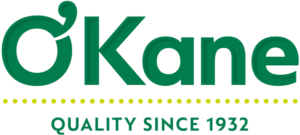Dalhart, TX, Facility
JBS Dalhart Revamps Wastewater Treatment Lagoon to Produce Renewable Energy
Our Dalhart, Texas, live pork team renovated the wastewater treatment lagoon to convert methane gas into renewable energy.
The lagoon is expected to produce more than 50,000 MMBTU of biogas annually, eliminating 10,362 metric tons of CO2.
Our Dalhart facility partnered with Ally Energy Solutions on a first ever swine-to-renewable natural gas project at its hog farm. The project modernized a two-and-a-half acre digester lagoon to capture and convert methane gas into clean, renewable natural gas that is then sold to the California transportation fuel market.
The project, which was completed in less than 12 months, is an example of how our commitment to planetary stewardship through operations-based carbon footprint reductions is paying off, both financially and operationally. As we transition away from fossil fuels to renewable energy, the agricultural industry is positioned to be a major contributor to our national energy grid, and JBS USA is positioned to take advantage of this opportunity, while cutting greenhouse gas emissions and meeting sustainability goals.
The lagoon will generate an additional 25,000 MMBTU of biogas each year once Phase II of the project is completed.
The lagoon’s operational benefits include improved animal waste management system and overall farm efficiency with maximized biogas yields – and preventative maintenance and infrastructure upgrades, including lagoon recertification and two new lagoon covers.
The lagoon’s environmental benefits include the conversion of methane, that would otherwise be released into the atmosphere, into clean and sustainable transportation fuel – and greatly reducing the facility’s greenhouse gas emissions, resulting in a carbon negative system.
The lagoon’s financial benefits include transforming the cost of waste management into a long-term, recurring revenue stream – and avoiding capital expenditures by funding more than a million dollars of preventative maintenance and infrastructure upgrades.





